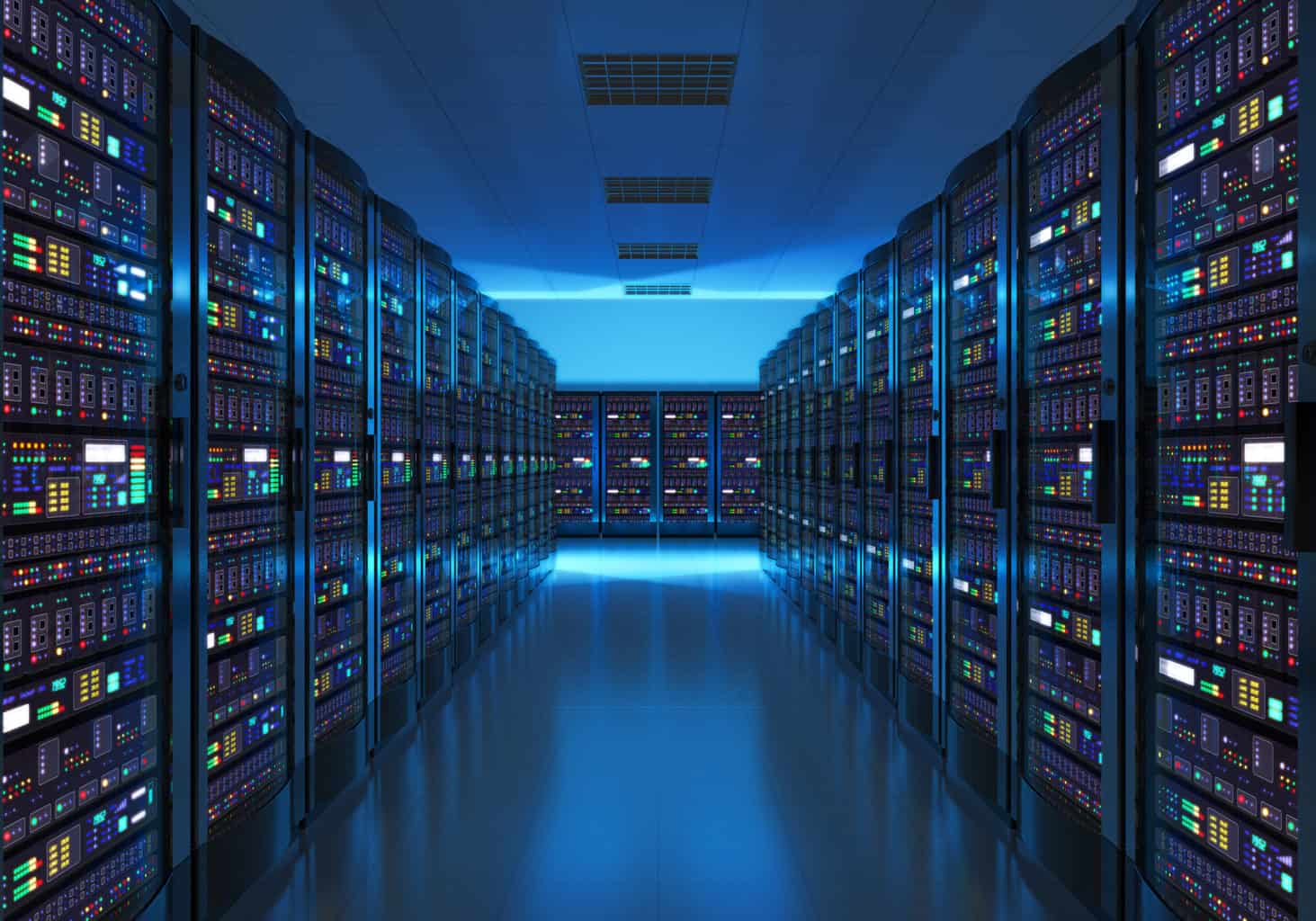
The ecological compatibility of data centers, a new challenge with many possibilities
4 minutes of reading
With the increase in the circular economy and the arrival of the next Environmental Regulation (RE 2020), many solutions are being considered to reduce the energy consumption of buildings. The heat produced by data centres could, according to some, be a solution. Here is why.

Data centres have been criticised for their energy consumption for a long time, but have become much more energy-efficient over recent years. This is confirmed by the fact that, while the volume of computing carried out in these digital data centres increased by a factor of 5.5 between 2010 and 2018*, their energy consumption increased by only 6% over the same period. This is a great accomplishment for these places which are now more essential than ever to the digital economy. In fact, according to some data centre design experts, data centres could do even better in terms of the environment. How? By becoming one of the sources of energy for their own area.
Could data centres become just an everyday neighbour?
For APL – an engineering consulting firm specialising in the design and construction of data centres in France – future residential and tertiary districts will increasingly need servers to store their own residents’ data. These servers will naturally produce waste heat** during their operation. So, at a time when the saying ‘Nothing is lost, nothing is created, everything is transformed’ has never made more sense – especially with the RE 2020, which will force new buildings to limit their energy consumption – some voices are beginning to strongly promote the use of this heat as an energy source. One such voice is APL, a company which advocates integrating the idea as soon as a district is built.Soon to be a reality in the new Ferney-Genève Innovation zone
As part of the development of the new, low environmental impact economic zone ‘Ferney-Geneva Innovation’ (65 hectares in the commune of Ferney-Voltaire, close to Geneva International Airport, the international business district and CERN, the European organisation for nuclear research), the French data centre expert (APL) was commissioned to study the feasibility of setting up a data centre within the zone whose waste heat would supply an energy network capable of heating its residential and tertiary buildings.An energy network supplying buildings close to the data centre
This decentralized and multi-directional energy production system would allow the exchange of energy between buildings. In practice, the energy would be stored in geothermal probes in the summer and then redistributed during periods of high demand (in winter). According to the experts from APL, the district’s overall energy balance would therefore be ensured both by a connection to CERN as well as by the waste heat from the data centre built in the district. If it sees the light of day, this network, integrated within a smart grid, would make it possible to increase the share of renewable energy and reduce the future district’s carbon emissions. Ingenious! But would this technology allow the data centre to power an entire district on its own? Would it really be able to do that? We will have to wait and see… * Source: https://www.usine-digitale.fr/article/la-consommation-electrique-des-data-centers-serait-largement-surevaluee.N936129 ** Heat produced during a process whose purpose is not the production of this heat.More reading
Read also




What lies ahead? 7 megatrends and their influence on construction, real estate and urban development
Article
20 minutes of reading

